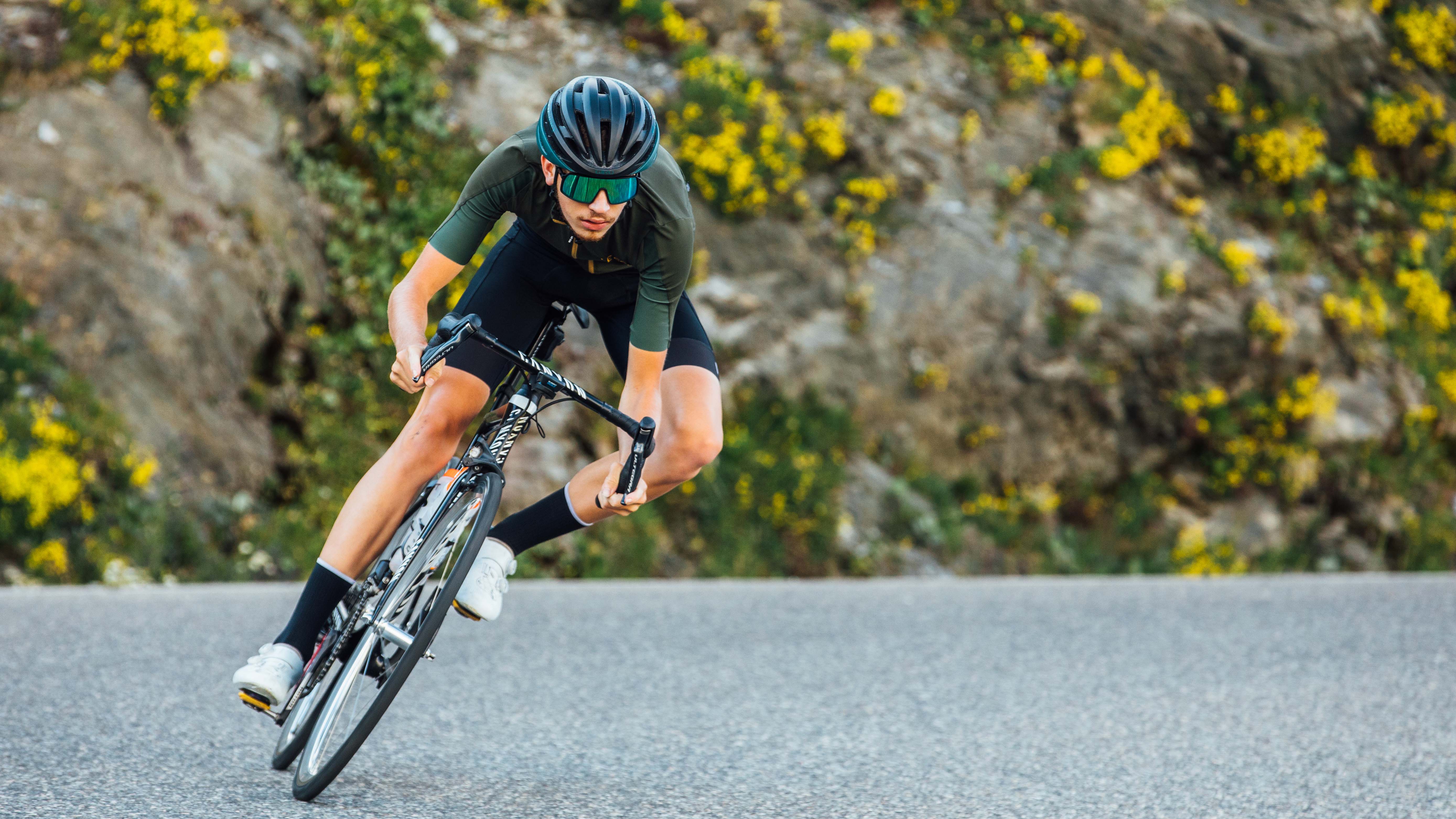
Best cycling helmets for every kind of rider
We've tested a vast number of the best bike helmets here at Cycling Weekly - and here are our top-rated picks
The primary purpose of the best road bike helmets is to protect the head in the event of an accident. To this end, all helmets sold in the UK, USA, and Europe must pass stringent safety tests before being sold.

Giro's Eclipse Spherical covers all the bases: Comfortable, fast, and safe. It includes MIPS for extra protection, and despite its aero credentials, it doesn't scrimp on ventilation.
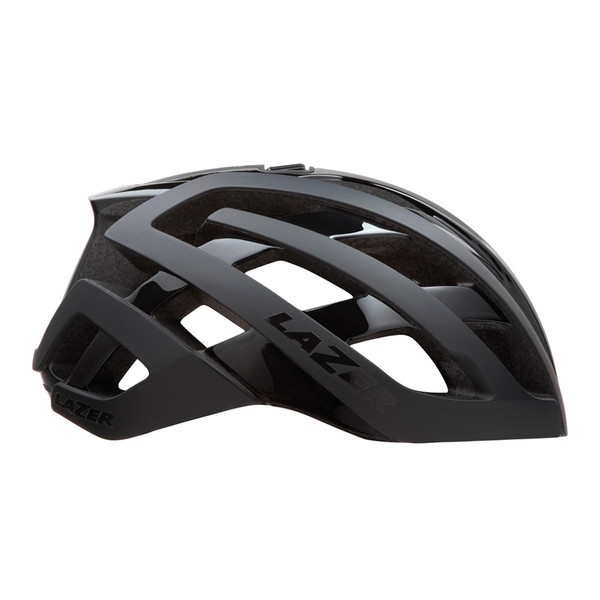
At just 205g/7.2oz, the G1 Genesis is suitably featherweight, but that's not its only attribute. It's comfortable, with an easy-to-use real barrel adjuster to help fine-tune the fit.
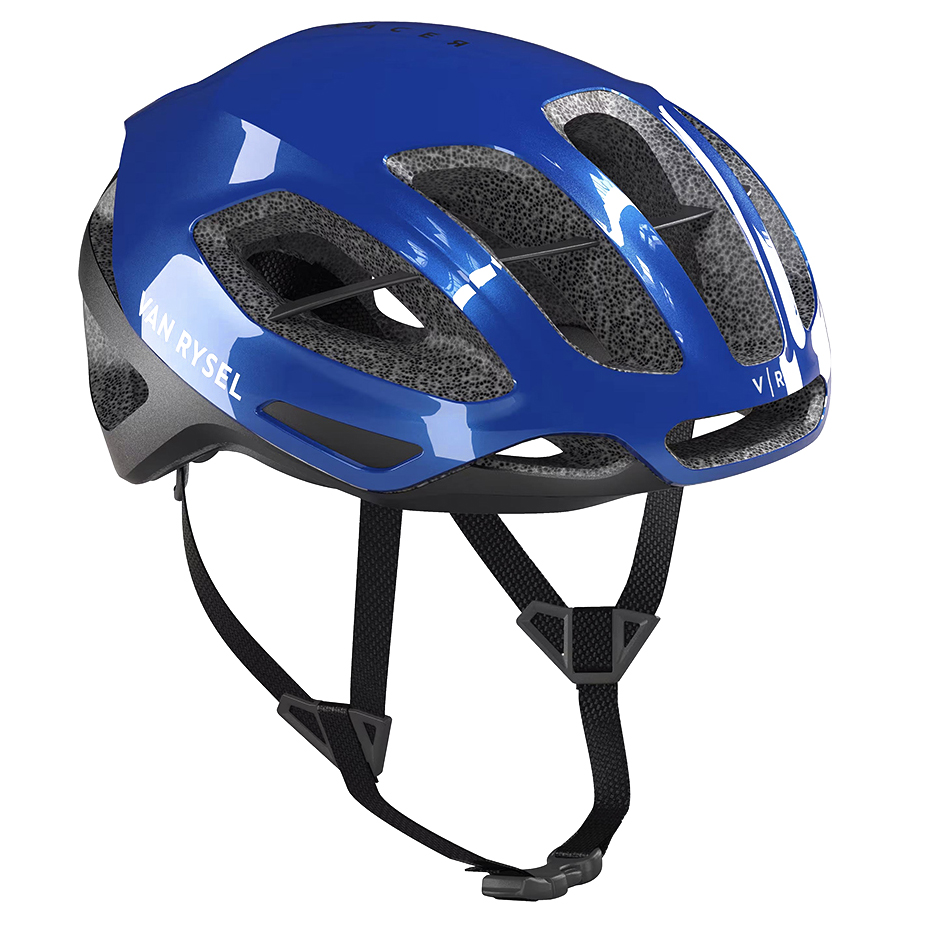
Extremely comfortable, lightweight, and well-ventilated—what more could you need from a helmet? Van Rysel has seemingly hit the sweet spot with RCR Mips while undercutting everyone on price.
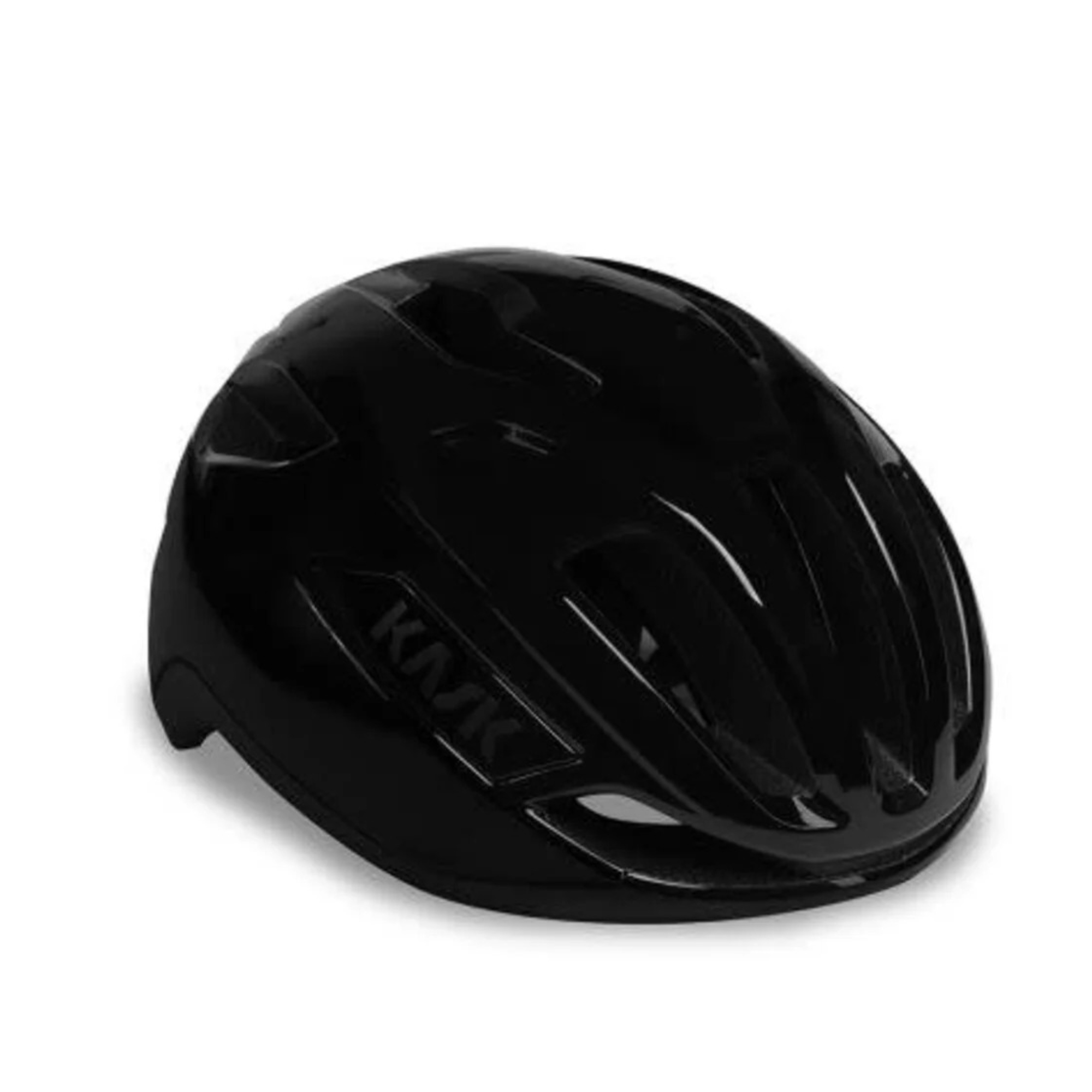
Despite its low cost, the Kask Sintesi is a versatile helmet suitable for road, gravel, and commuting, thanks to its neutral styling. It also benefits from Kask's own WG11 rotational impact protection.
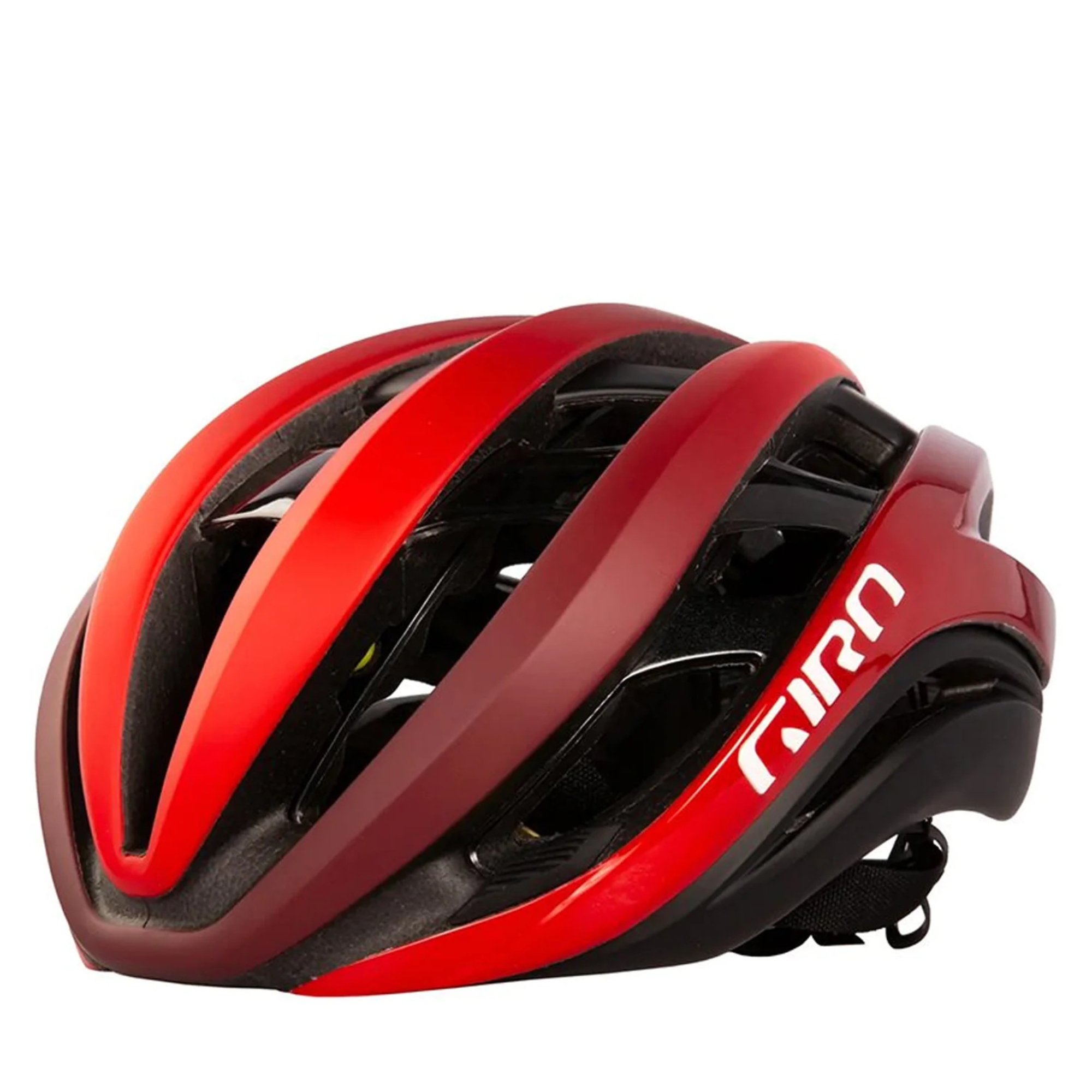
Giro's Aether deserves consideration for its excellent all-around performance and comfort. It is light, and its construction includes MIPS.
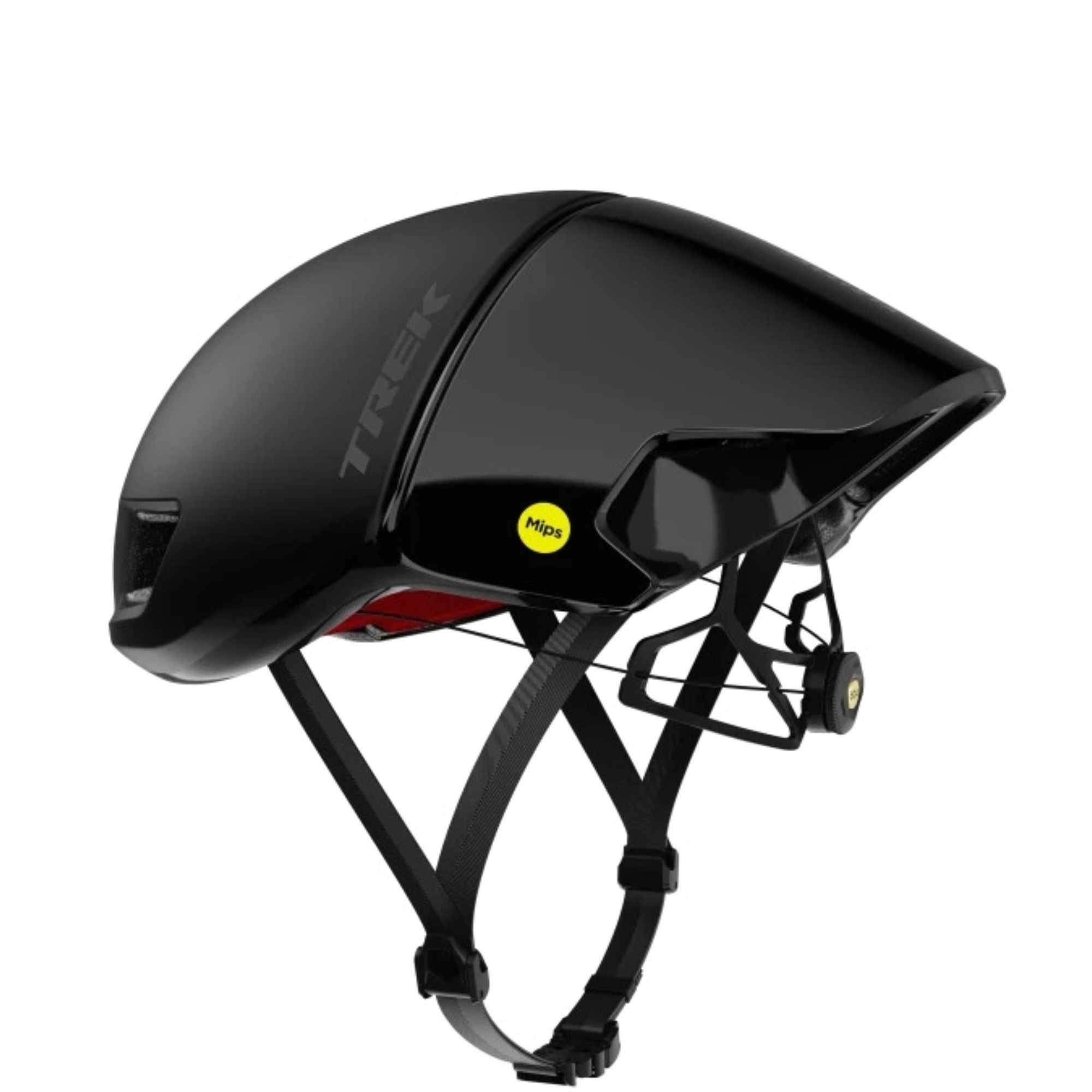
Don't let the aero aesthetic fool you. The Ballista can be a good everyday road helmet thanks to good ventilation and an MIPS safety system. Its BOA adjustment makes it suitable for riders with ponytails.
Click for three more top-picks

The Met Codatronca's short tail makes it far more versatile than many out-and-out TT helmets. Combine that with great ventilation and comfort, and it's about as close to a road helmet as you can get.

The S-Works Evade builds on its predecessors with better airflow, which was much needed. I can confirm it works very well, culminating in better comfort without sacrificing aerodynamic performance.
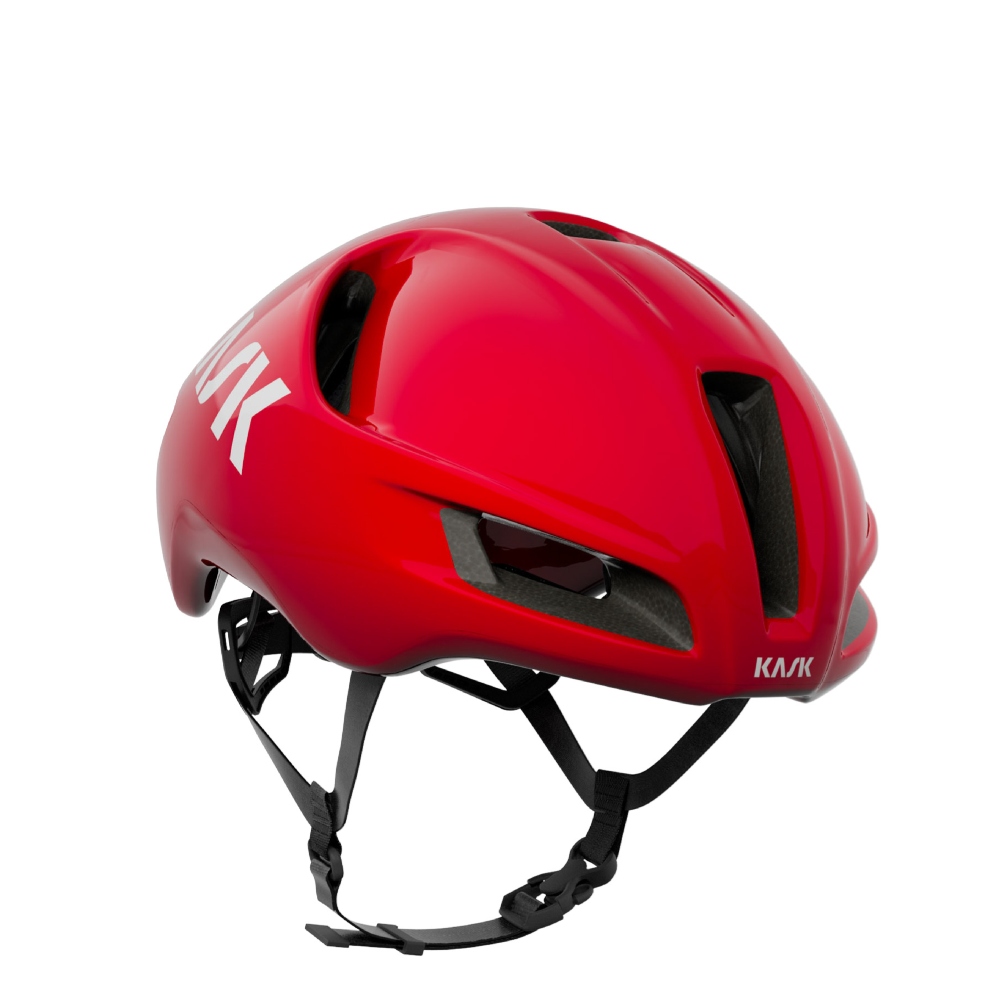
Removing bulk from aerodynamic helmets without sacrificing safety and comfort is no easy feat. However, Kask has nailed it with the Utopia Y. At just 260g/9.1oz, it is faster and lighter than some of the best lightweight options.
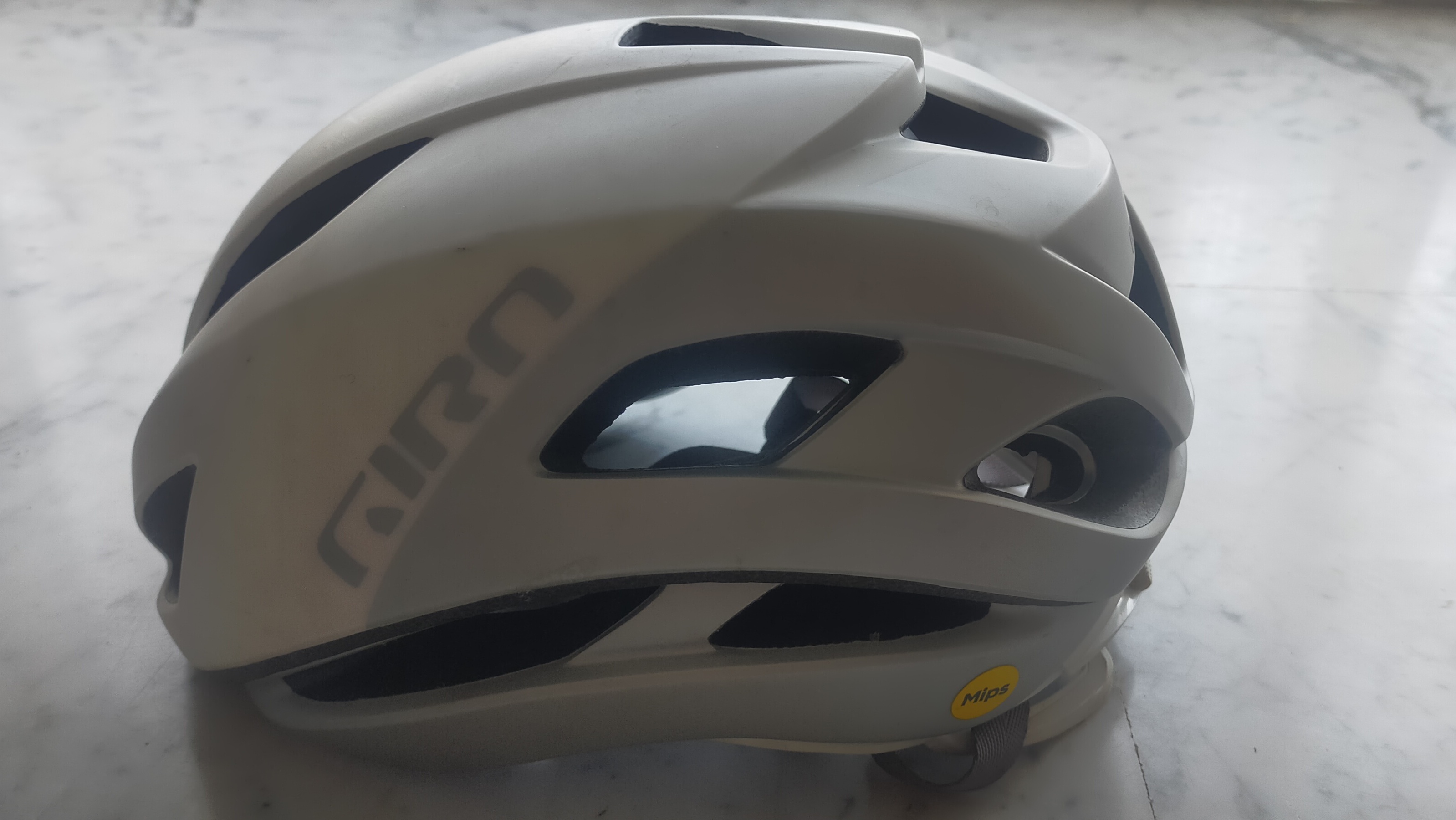
Giro Eclipse Spherical
Our expert review:
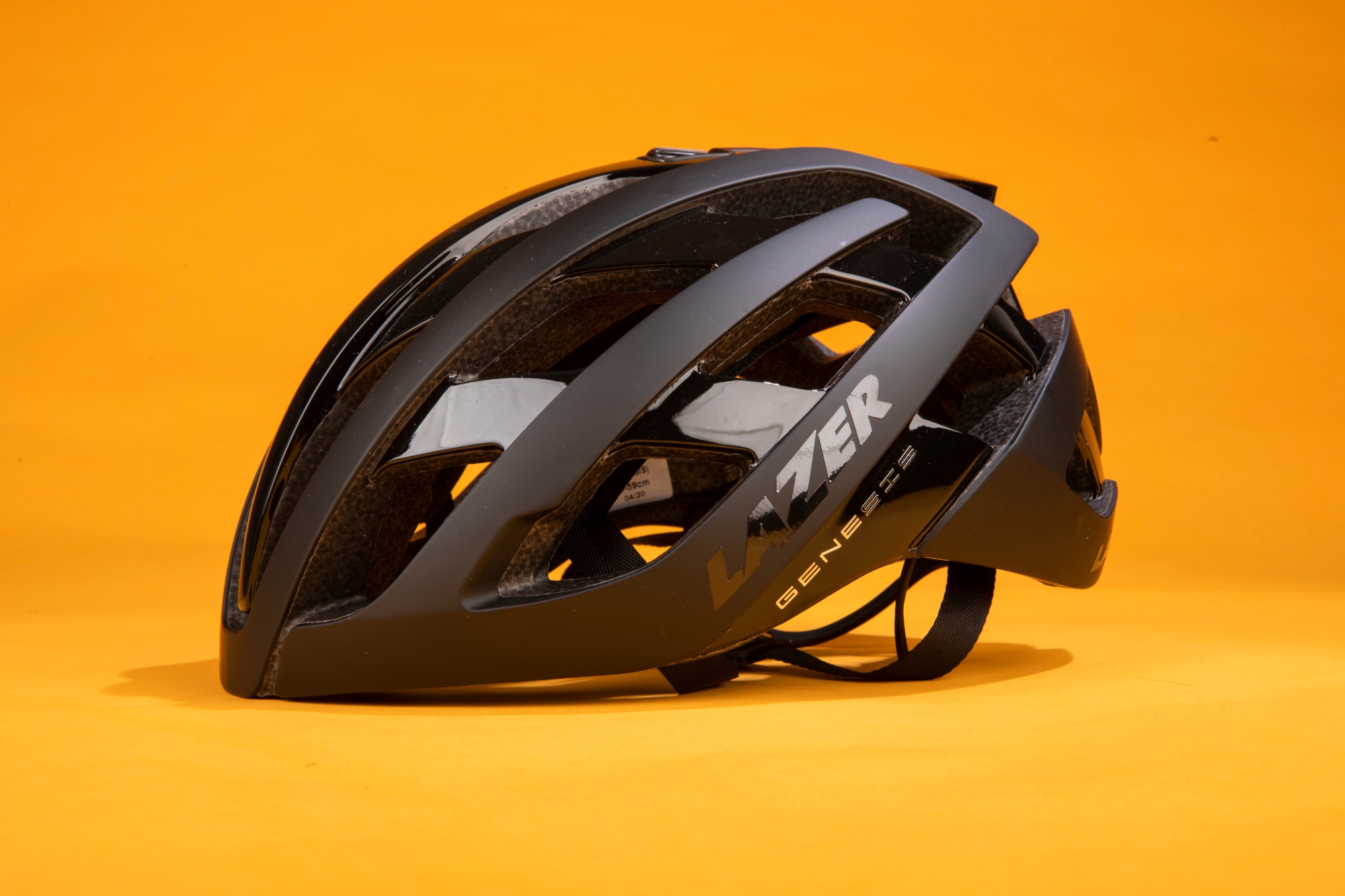
Lazer G1 Genesis
Our expert review:
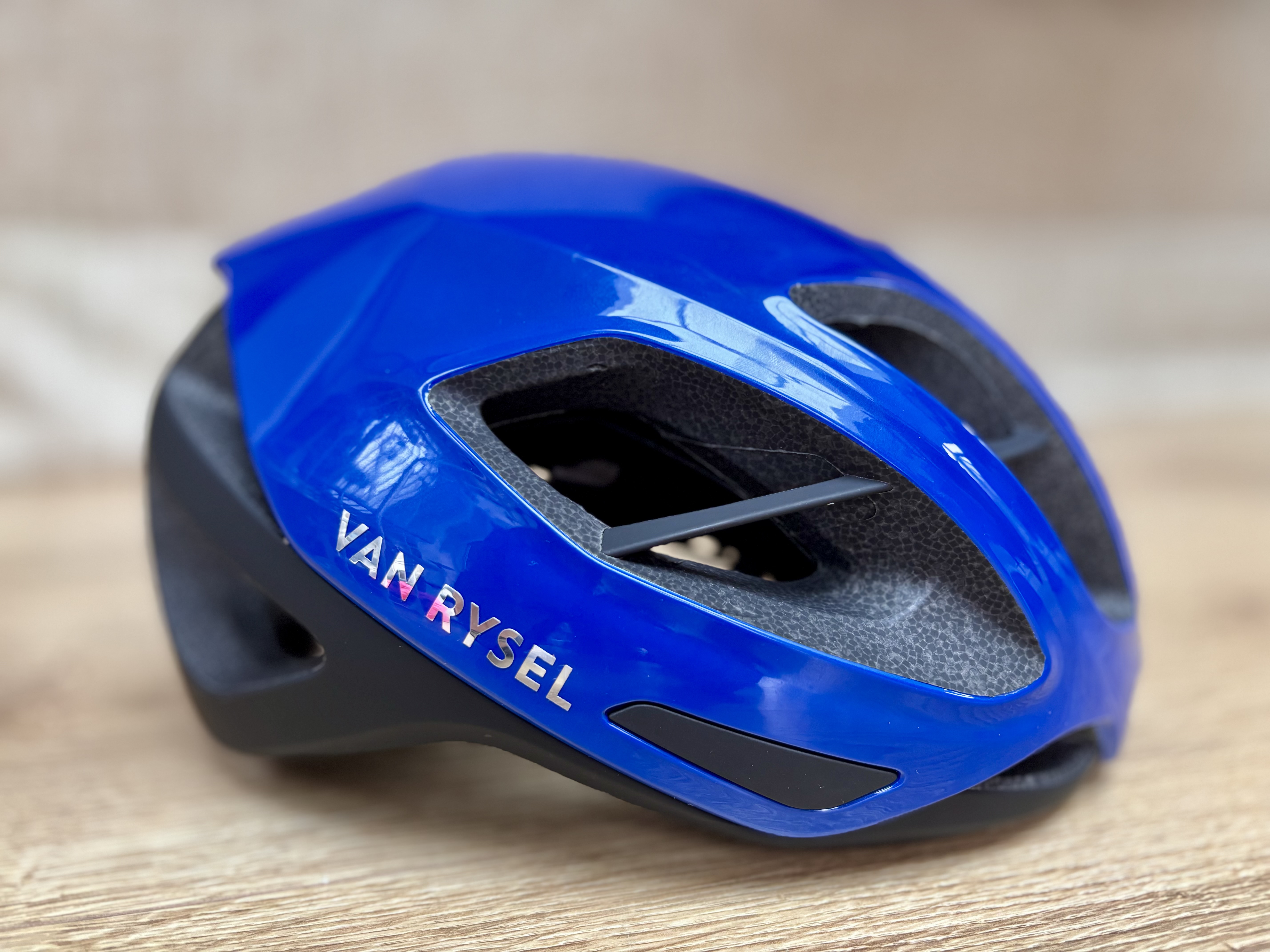
Yet more performance kit without the cost from Decathlon's in-house brand, Van Rysel
Our expert review:
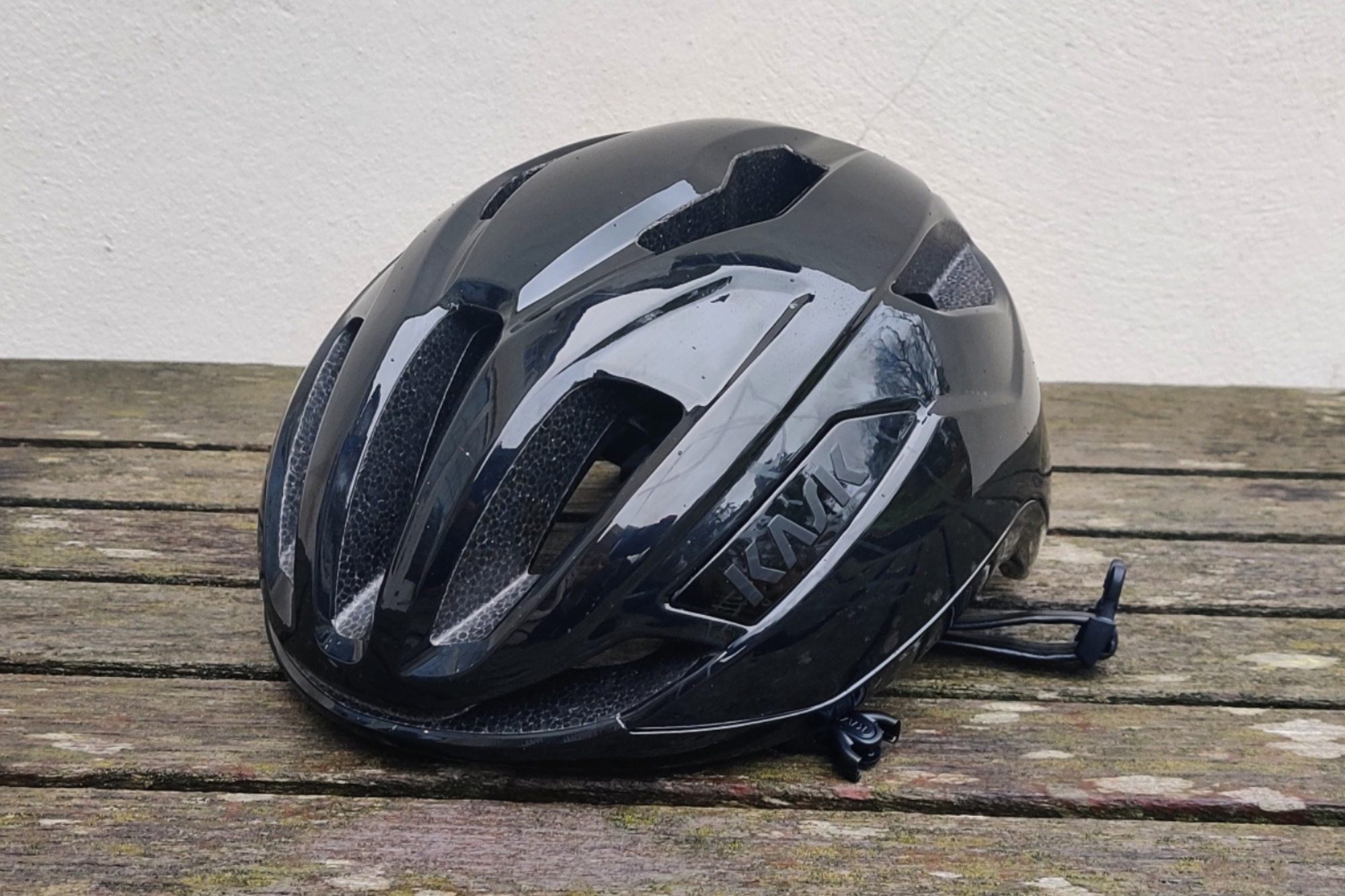
Kask Sintesi is a lightweight offering, weighing just 230g/8.1oz in a size medium
Our expert review:

Giro Aether MIPS helmet
Our expert review:
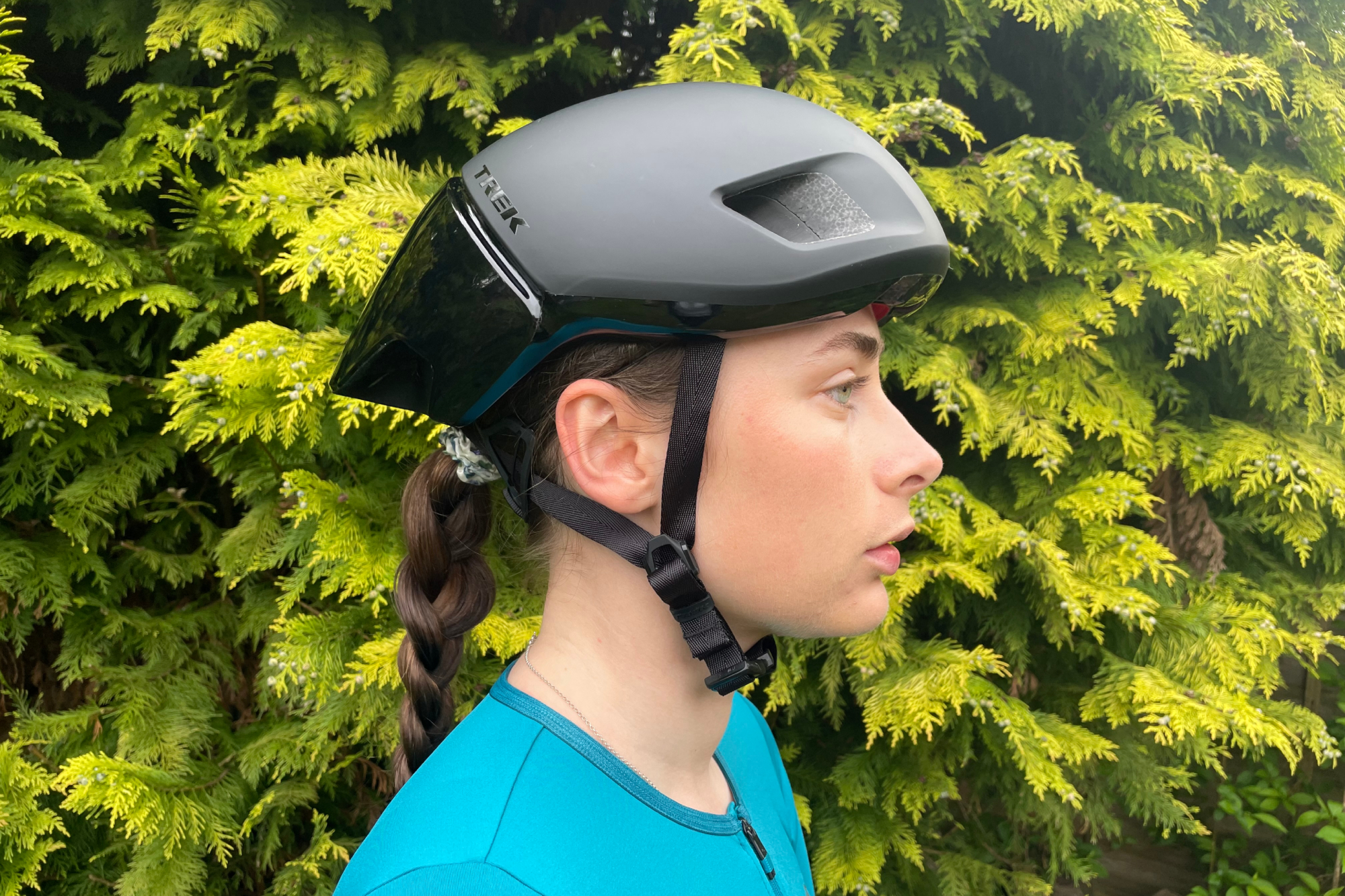
Trek Ballista MIPS bike helmet
Our expert review:
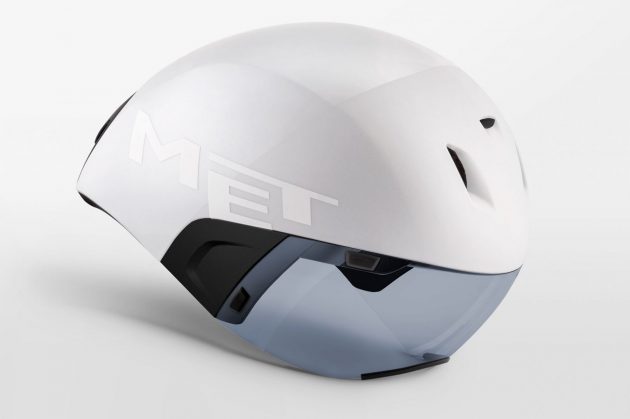
MET's Codatronca features a short tail making it a versatile offering
Our expert review:
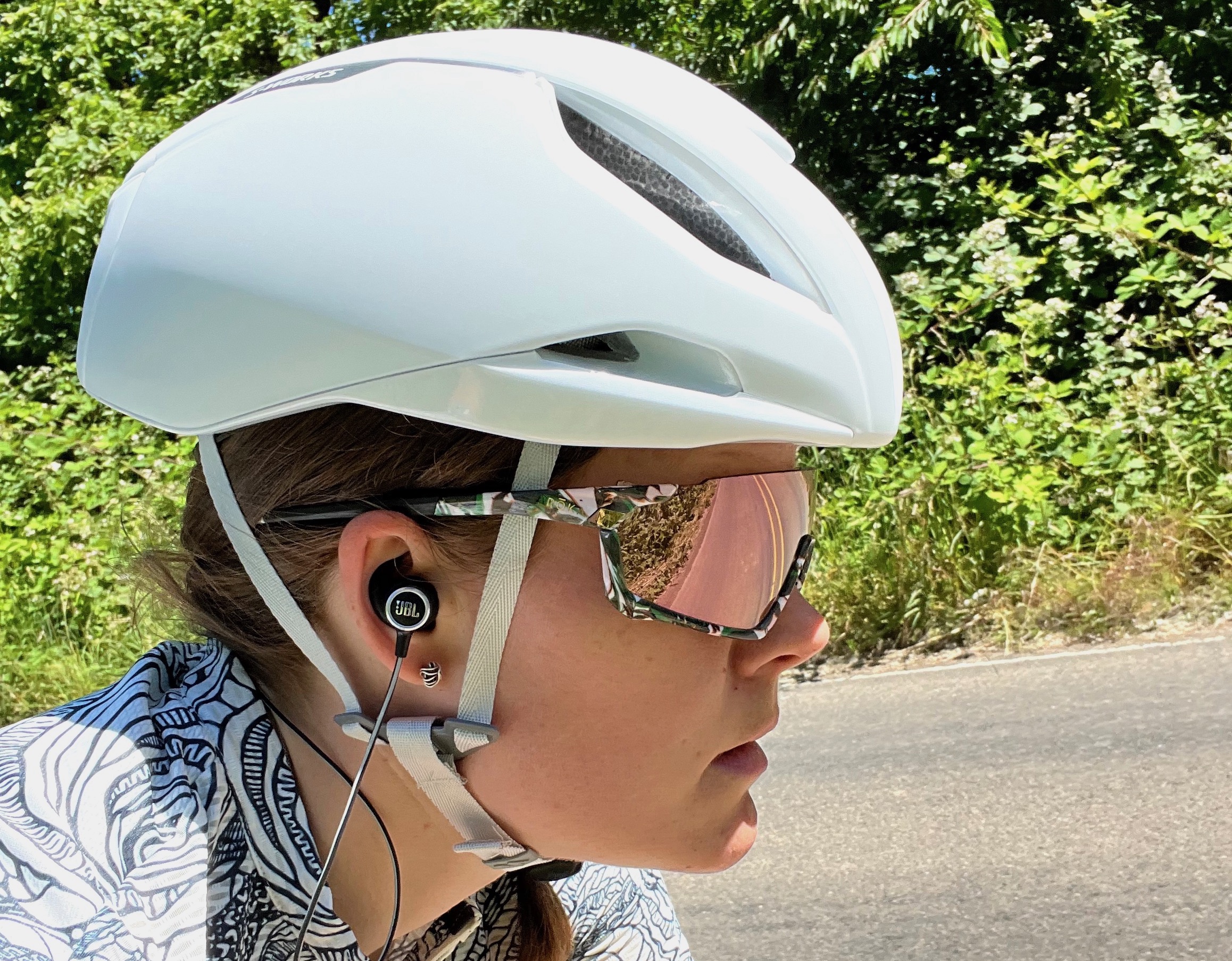
Specialized Evade 3
Our expert review:
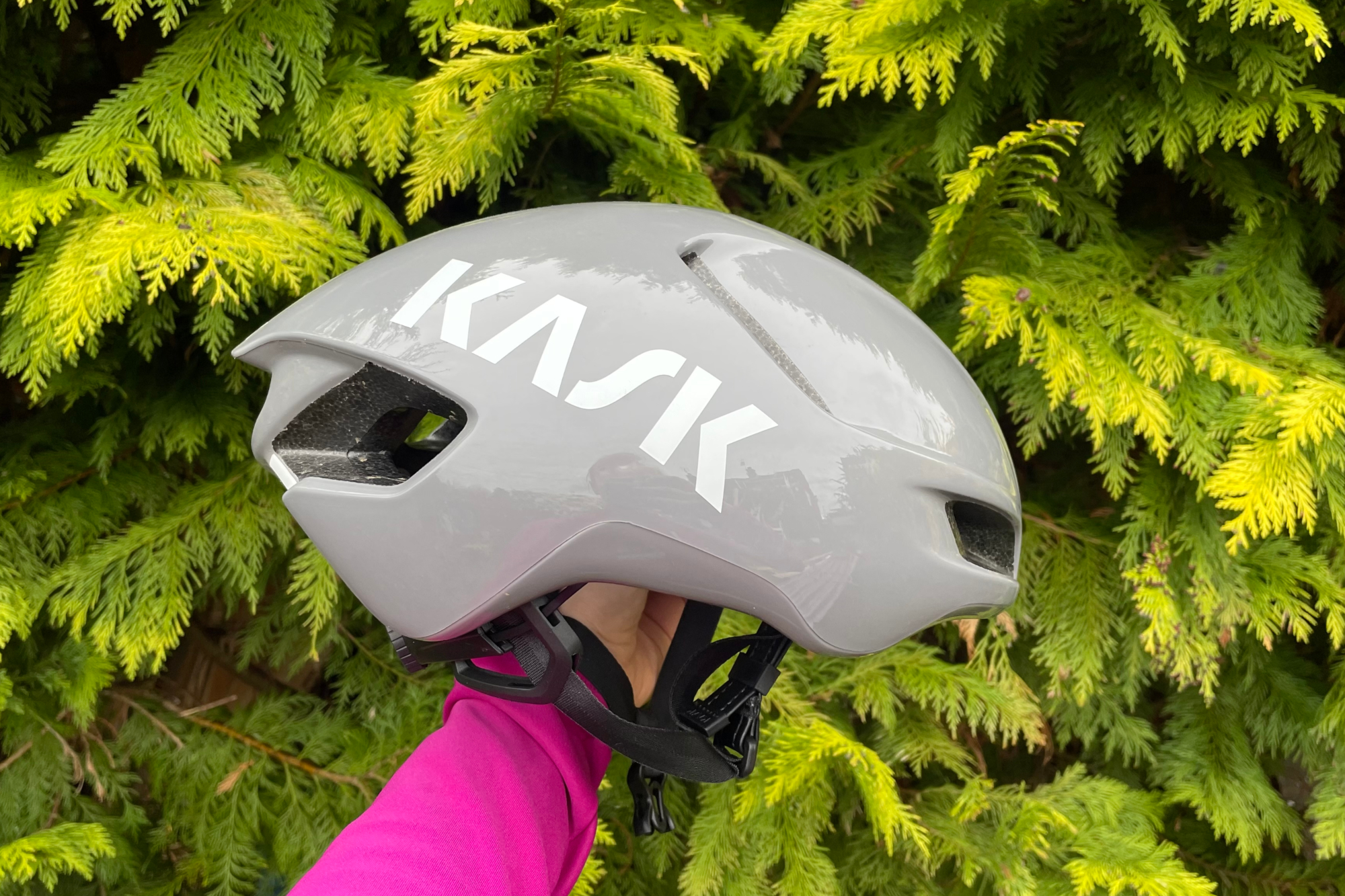
Kask Utopia Y bike helmet
Our expert review:
Giro Helios Spherical MIPS ★★★★★
This lightweight helmet is good for bridging the gap between road and off-road adventures; it is hard to see why you would ever spend up for its sibling, the Giro Aether. It uses the same MIPS protection, and there are barely 10 grams between the two. One thing the Helios does lack is a place to pop your sunglasses.
Read our full Giro Helios Spherical MIPS helmet review
The Lazer Vento undoubtedly prioritizes aerodynamics, which does compromise ventilation. That said, it's on par, if not better than many in this category. It feels fast and boasts a sleek and comfortable design. Downsides include a poor glasses port, higher price, and high weight (291g), though the latter isn't noticeable while riding.
Read our full Lazer Vento KinetiCore helmet review
Specialized S-Works Prevail III ★★★★☆
The Specialized S-Works Prevail III helmet enhances safety and boosts ventilation by a claimed 25% over the Prevail II. Its Air Cage design distributes impact forces, while MIPS AirNode integrates rotational protection into the padding. I found this delivered exceptional airflow, keeping me cool even in 32°C heat, making it an ideal aero lid for hot climates despite its 280g/9.8oz weight.
Read our full Specialized S-Works Prevail helmet review
Joe is one of our lead tech writers here at Cycling Weekly. While his racing days are behind him, Joe is still on the hunt for anything that will make him faster. Joe takes his testing seriously, and while most of his testing is done out on the road, he jumps at any opportunity to do his helmet testing in the wind tunnel.
Charlotte is a British bike racer. While her focus is firmly on speed, she also values comfort for those long hours in the saddle. Charlotte also offers a valuable female perspective in a category where gender-specific designs have all but disappeared.
Anne-Marije Rook, or just Rook for short, is a prolific bike rider. Hardly a day passes; even when she is injured, she isn't turning pedals. That means Rook really puts the miles into everything she tests. Regarding helmets, Rook offers a unique perspective thanks to her love of any kind of bike. She tests helmets across road, Gravel, and sometimes even commuting and urban cycling.
The primary function of a cycling helmet is to protect your head - and all helmets will meet the minimum standards set out by the safety authority in the country of sale.
If you choose to spend more, the helmet won't necessarily be safer but instead may be lighter, and more breathable. The retention system often becomes more comfortable and adjustable on a more expensive helmet too.
A recently developed safety system called MIPS, Multi-directional Impact Protection System, will often be referred to when discussing the level of protection provided by a helmet. It's considered the industry gold standard and you can read all about it below.
If you're looking specifically to save some money then you might want to check out our guide on the Best cheap and budget friendly bike helmets to get the best without breaking the bank.
If you have a budding bike rider in your life then our guide to the Best kids' bike helmets will give you all the important information for how to help you keep their heads safe when riding.
Always check that the helmet you are buying is tested to the standard relevant to where you live: CPSC for the US, EN 1078 sticker for the UK, and Europe.
This means that the helmet has passed several tests that look at the helmet's construction, field of vision, impact absorption, retention system, chin strap and buckle. In order to ride in races, sportives, gran fondos and triathlons it is often a requirement to have a helmet that adheres to the relevant local standard.

Tom Dumoulin at the 2020 Tour de France (Photo by Stuart Franklin/Getty Images)
In recent years, we've seen more and more bike helmet brands adopt MIPS. MIPS stands for Multi-directional Impact Protection System; MIPS is actually a brand in itself, and helmet providers using it build the layer into their own helmets. Some brands like Bontrager have their own similar systems.
The MIPS liner is designed to reduce rotational forces on the brain that can occur in the event of a crash. It creates a slip plane to mimic and amplify the brain's protection system to minimize the force transmitted to the brain in the event of an impact.
Helmets with MIPS layers often cost a little more - but there is some evidence to suggest the layer is effective in reducing injury in certain types of crashes.
How to measure for a helmet and make sure it fits your head.
If a helmet doesn't fit properly then it will not do the job it is designed for. Helmets are often available in different sizes relating to the circumference of your head.
All helmet manufacturers will have a size guide on their websites, and we highly recommend following each brand's recommendations of how to measure for its helmets before investing in a purchase.
If you are measuring at home, place the tape measure about 25mm (roughly two fingers width) above your eyebrows, and as you wrap it around your head, make sure that it's about 15mm above the top of your ear (about a thumb width) ensuring that you measure around the widest part of your head at the back - think cap, not bonnet.
If you aren't confident in doing this, then pop into your local bike shop to get them to help you do this. This also gives you the chance to try before you buy to check for comfort.
You are going to be wearing the helmet a lot, potentially for many hours at a time, so it's imperative that the fit suits your particular head shape, no matter what a review says. It is also advisable to try on a variety of makes and models to see which is most comfortable and the best road bike helmet for you, as they are often different shapes internally. You may find pressure points on a helmet even if it's technically the right size for you.
Some helmets are women's specific and even feature a special gap to allow for a ponytail, such as Specialized's Hair Port system. However, most helmets are unisex and will fit both men and women.

The best road bike helmets come with practical design features such as a ponytail port
Yes. A retention system is used to adjust the fit of the helmet to your specific head size. These are commonly adjusted by a dial or some kind of ratchet system. The best road bike helmets can be operated with a single hand, which is useful for making slight adjustments on the move.
It should be possible to loosen the retention system on a helmet to allow for a thermal skull cap or cycling cap to be worn underneath. This is done for added warmth, and the bill of a cycling cap can be useful for deflecting rain from the eyes. Because of this, caps are a common sight in the spring classics, such as Paris-Roubaix. If when you try on a helmet the retention system is at either end of limit, it is probably the wrong size for you.
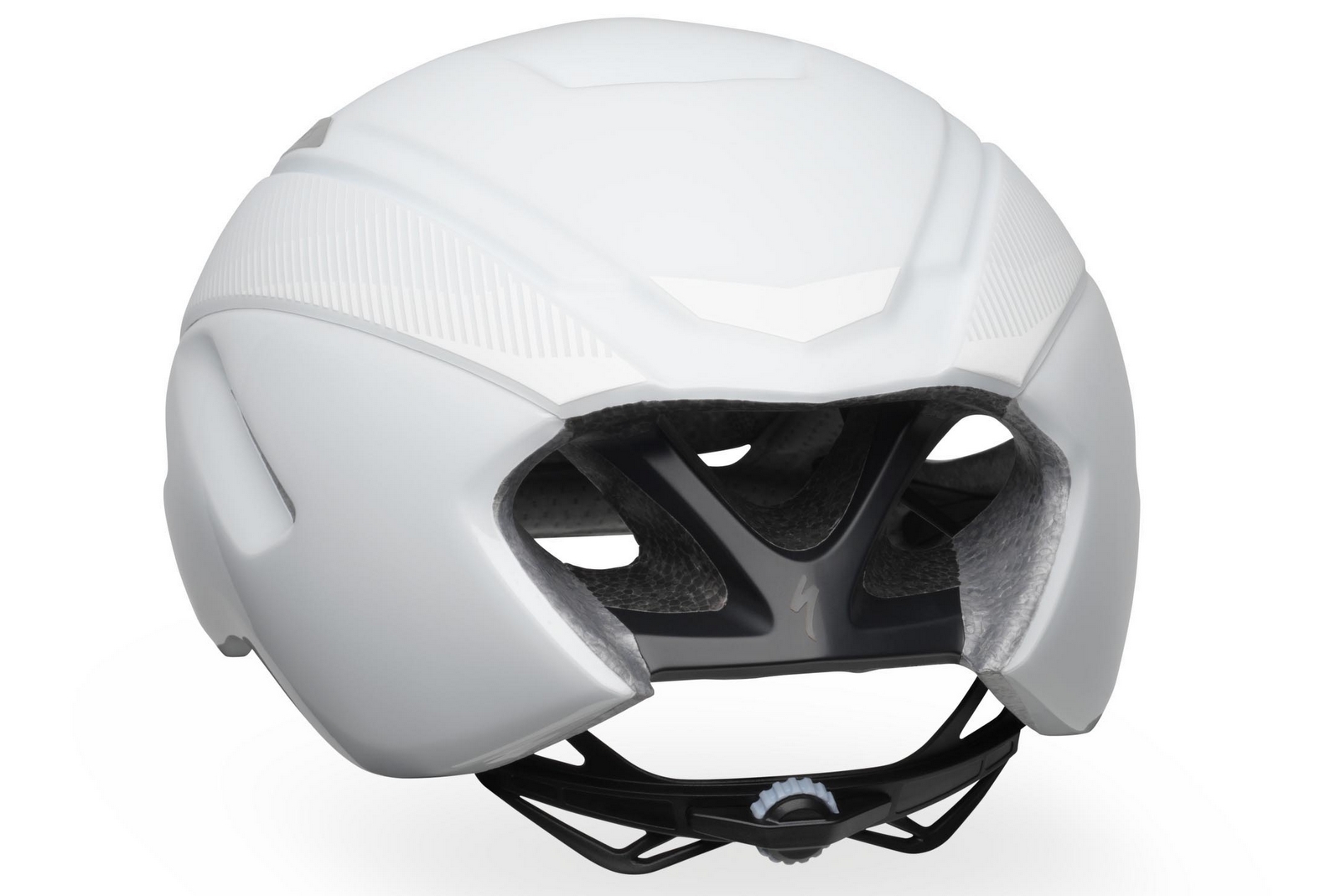
Even in an aero helmet, the rear cradle should allow lots of adjustability
Yes. Padding makes a helmet more comfortable but also helps to wick sweat away from your head. An ideal road bike helmet design will feature padding that can be removed for washing and replacement. The style and thickness of padding varies between helmets, so again, it's worth trying a few models on to see which works the best for you.

The best cycling helmets come with removable padding so they can be washed.
Vents are holes in the shell of the helmet. They have two functions – to reduce the weight of the helmet, and also to add ventilation. Helmets with fewer or no vents are usually considerably warmer, though the latest crop of aero lids has shown the value of well-designed internal channelling. This might not be obvious when you try one on in a shop, but once you start working up a sweat climbing a big hill when hot weather cycling, it becomes invaluable.

Helmet designs need to balance airflow and aerodynamics
As is common with cycling kit, as weight decreases price tends to increase. The best road bike helmets will be lightest in their given category, making them the most comfortable option because they place less strain on your neck.
If you're a competing cyclist the other advantage of a lighter helmet is increasing your power-to-weight ratio, 50g might not make much difference to most of us mortals, but to a top professional looking for any marginal gain, it becomes significant.
Is it only after an impact or do road bike helmets expire?
If you suffer the misfortune of falling off your bike and taking a head impact, the chances are that the damage to your helmet will be visually obvious, leaving no question about the need to replace it.
However, it's really important that even the best road bike helmets are replaced even if it looks like just a minor scuff on the outer casing. This is because the integrity of the EPS, and other safety features which are designed to absorb the impact are highly likely to have been damaged by doing their job perfectly. This means that the next time you crash, there won't be anywhere for the energy to go, making a head injury more likely.
While the EPS foam in a bike helmet won't just deteriorate with age, it's over that time span that it will suffer with minor knocks and bumps from being stored, dropped from handlebars or popped in a kit bag. The aggregation will add up to volume loss and require a new helmet to be purchased.
It's for this 'EPS volume loss' reason that most helmet manufacturers will also recommend replacing a road bike helmet every three to five years.
Over this time frame, it's also likely that it will be exposed to a lot of UV rays, which can weaken the plastic shell of a helmet too, compromising its safety.
Extreme temperatures can affect the plastic shell too, and while the safety standards will mean it's been tested to the unlikely riding conditions which are as high as around 122°F / 50°C, and as low as -4°F/ -20°C, it could be more likely in places that you store your helmet.
So bear these facts in mind when not wearing your road bike helmet, and doing things like using a case when not wearing it, not storing it in the window with the sun directly on it or in the shed in a really cold winter.